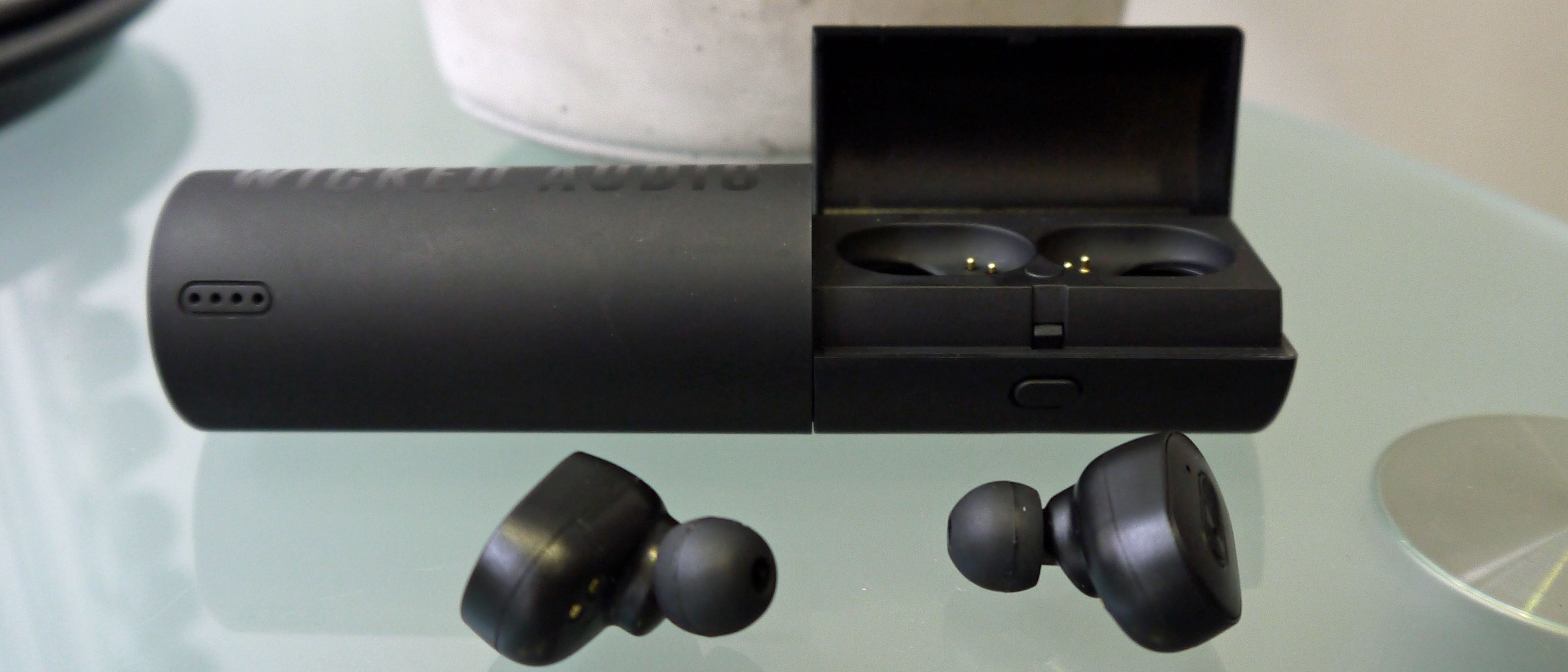TechRadar Verdict
The Wicked Audio ARQ’s lightweight design and long battery life just don’t make up for their poor sound quality and frequent connectivity issues, so while they’d be good for certain users who need a lot of charge, most people could do better.
Pros
- +
Long battery life in charging case
- +
Lightweight earbuds
- +
Relatively affordable
Cons
- -
Lacking bass in music
- -
Frequent connection issues
- -
Huge charging case
Why you can trust TechRadar
The title of the best true wireless earbuds is usually being battled for held by the likes of Samsung Galaxy Buds and Apple AirPods (2019), but that title is constantly being threatened by affordable pretenders.
Some of these cheaper models, like the Optoma NuForce BE Free5s give brands like Apple and Samsung a run for their money. Wicked Audio’s ARQ true wireless earbuds, on the other hand, do not.
The Wicked Audio ARQ earbuds are one of the first wireless headphones from Wicked Audio, who typically create wired buds. By providing a huge charging case, Wicked has clearly taken a different approach to most other brands on the market, that are trying to create cases that fit comfortably in their customers’ pockets.
The huge heft of the charging case makes room for a large battery, and that’s representative of the Wicked Audio ARQ headphones in general – a series of compromises. But beyond this set of scales, are the ARQ wireless buds something you should consider buying?
Price and availability
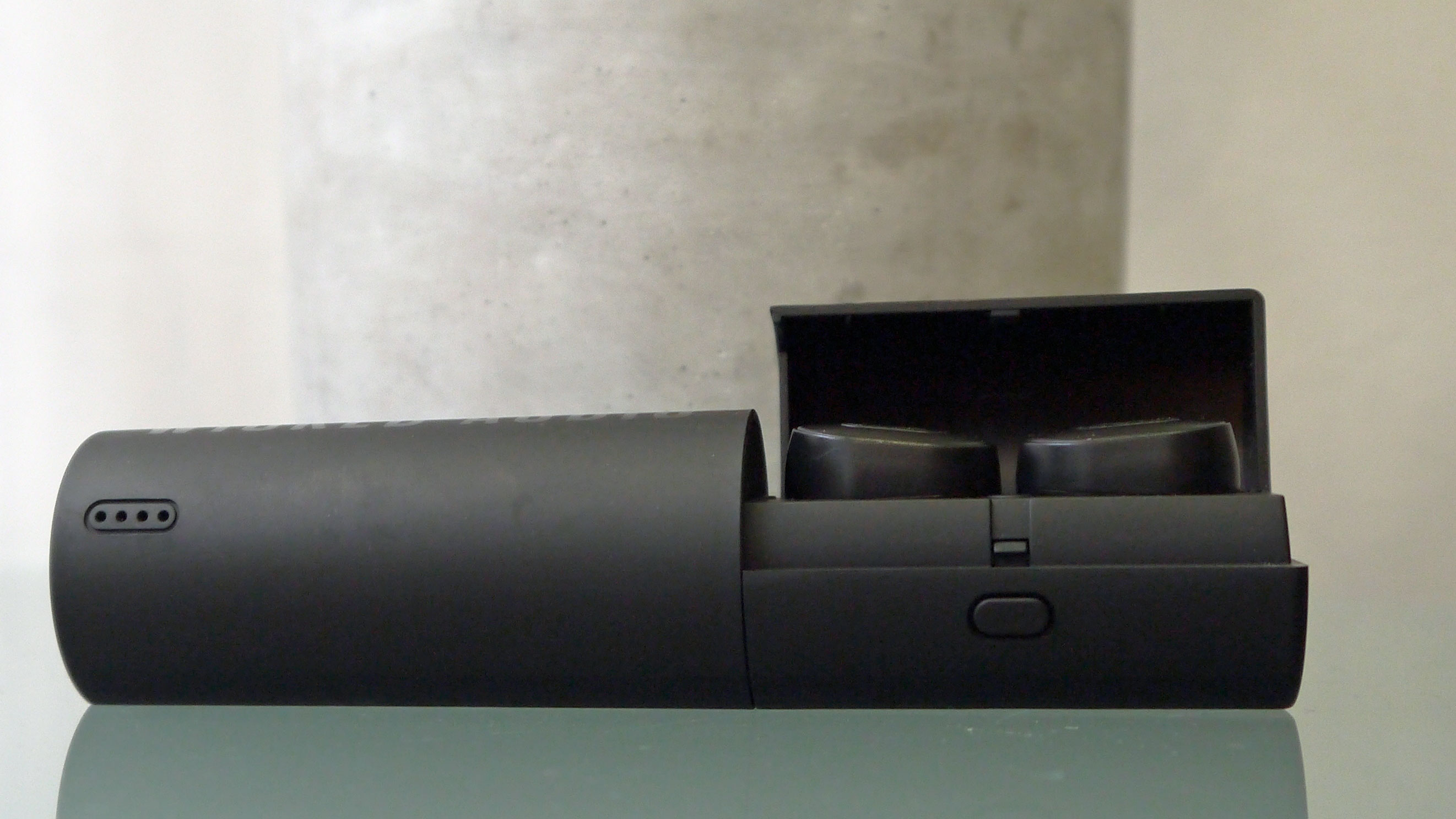
The Wicked Audio ARQ headphones are on sale in the US and UK, but we’d expect that to change soon as most of the company’s products are available in other regions too.
You’ll have to splash out $79.99 / £75 (roughly AU$115), for the true wireless earphones – that’s significantly less than the $149 / £139 / AU$249 for the Samsung Galaxy Buds and $159 / £159 / AU$249 for Apple AirPods without a wireless charging case.
Design
The buds of the Wicked Audio ARQ are light and small, so it’s easy to forget they’re in your ears – even easier than competitor devices, thanks to their light weight.
In terms of design, you’re not looking at anything stunning – the earphones are stout and lozenge-shaped, so they don’t have the sleek elegance of, say, the Samsung Galaxy Buds.
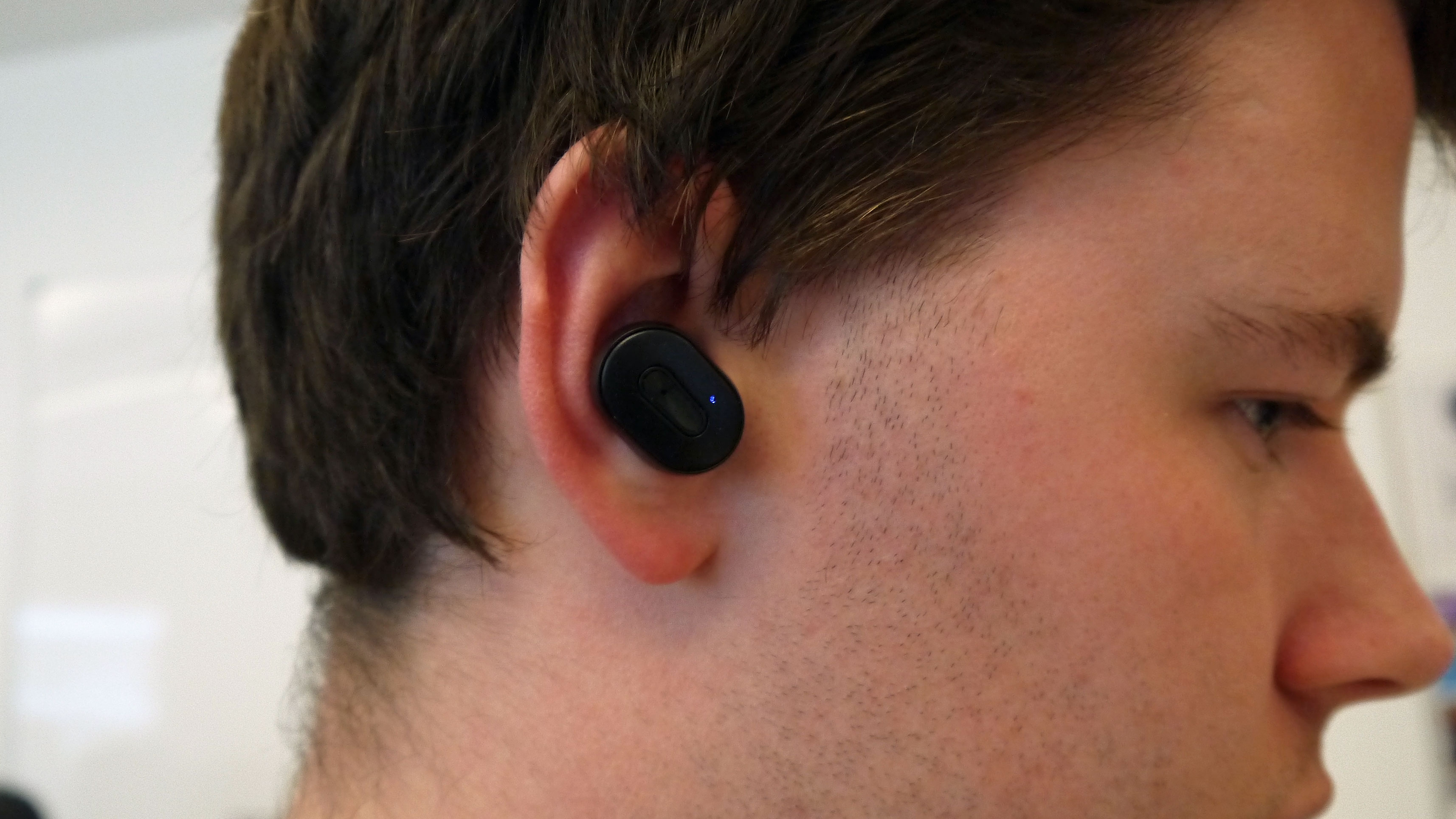
That’s not to say they look unattractive – and if you aren’t particularly bothered by the appearance of your buds, the functional design is made up for by their lightweight build.
You can’t get away with much movement before dislodging the ARQ buds. In our experience walking at an average pace was fine, but when we turned our head quickly, or tried running, the earphones came tumbling out.
For that reason, we wouldn’t recommend using the Wicked Audio ARQ earbuds while working out – they just don’t feel secure enough.
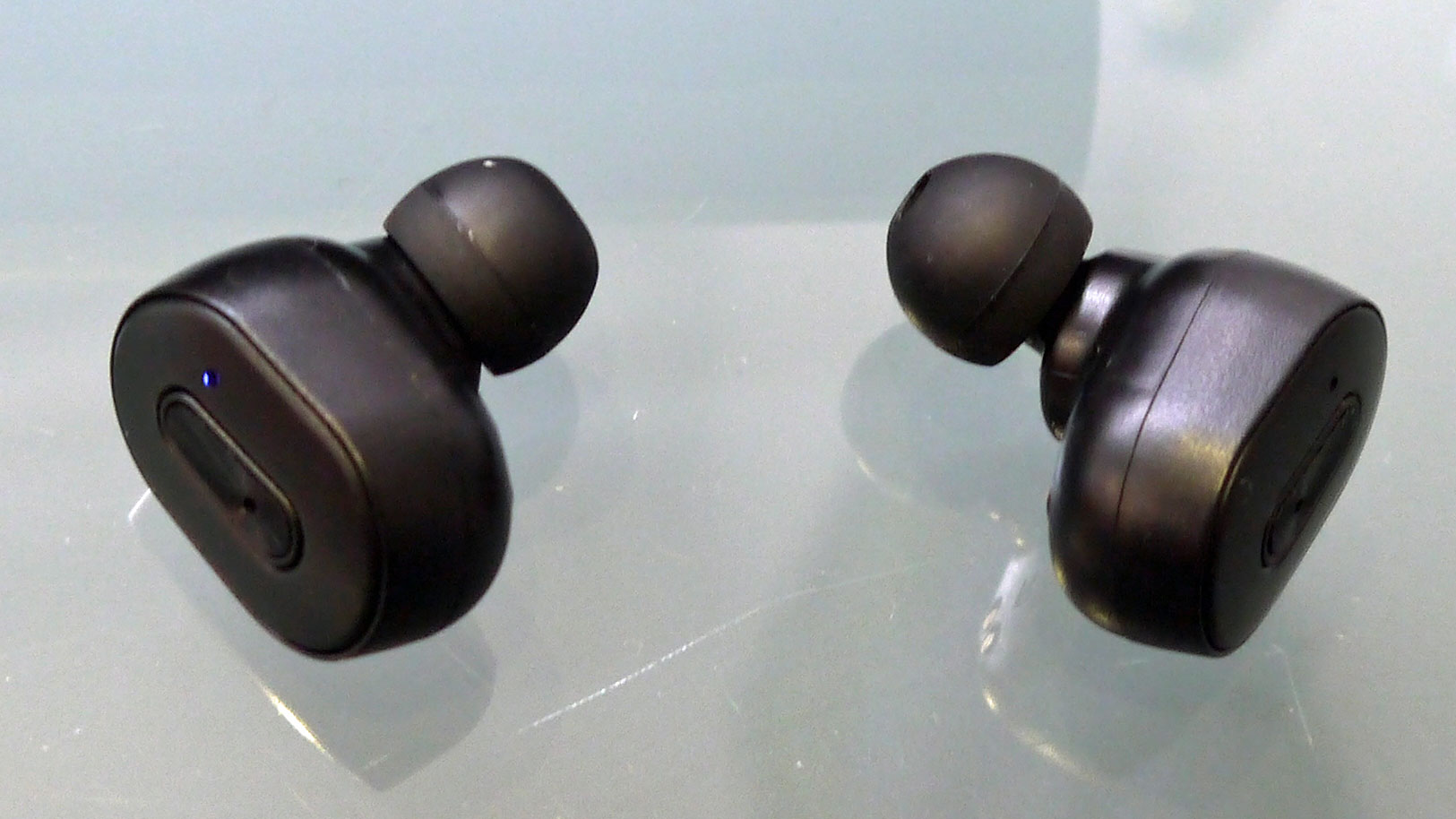
There’s a button on the housing of each bud, which can be used to pause and play music or answer and hang up phone calls. In theory this is a really useful feature, but you have to push the button quite firmly to get it to work, which we found rather painful when trying to answer a call – we quickly learnt to ignore this button.
Charging case
If there’s one thing to be said for Wicked Audio’s ARQ True Wireless earbuds it’s that they come in a distinctive charging case, that looks wildly different to most other true wireless earbuds; if there’s another, it’s that their case is obnoxiously massive.
The case is a cylinder, with a radius of roughly 1.5cm along with a length of about 13.5cm – in short, it’s not short. It is fairly light though, so it doesn’t feel as much of a burden in your pocket as you’d imagine.
This case is big because it’s also a 2,600mAh power bank, so it can provide 60 hours of play time to your earphones (about 20 recharges for the buds), or charge any other portable device, like your smartphone, via USB.
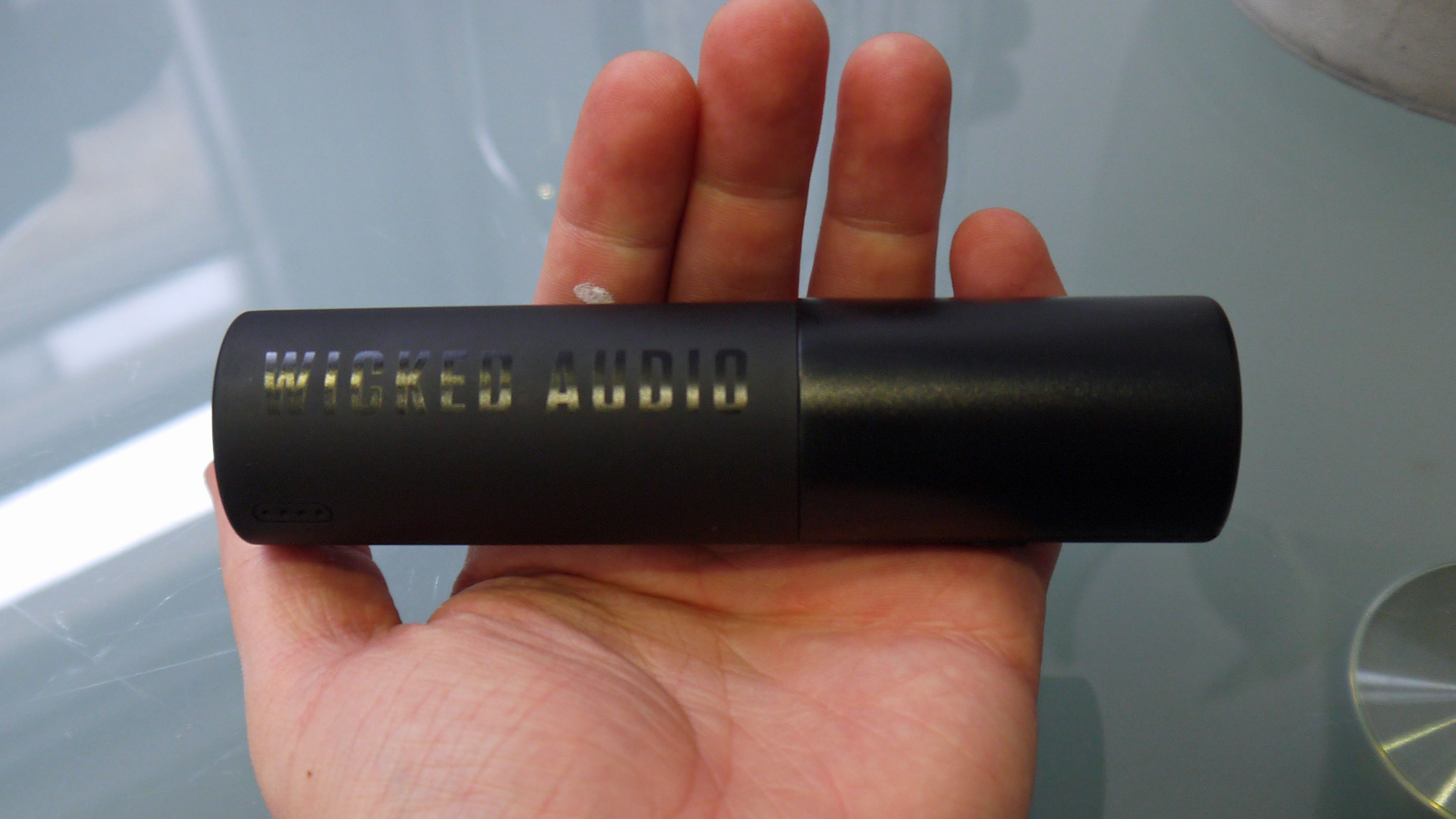
While we found Wicked Audio’s battery life estimates a little high compared to how much use we got, it wasn’t a huge difference, and this massive power pack will be really useful for people who don’t get many opportunities to top up on charge. It takes a while to top up the charging case though; Wicked Audio estimates 5 hours and that seems about accurate. That’s because you have to charge with the outdated microUSB, which takes a lot longer to power up than the more modern USB-C.
Similarly, it takes 30 minutes to power up the earbuds when they’re in the charging case, which will get you a mediocre 3 hours of playback. Charging is a little awkward too, since it’s not automatic – instead, you need to put the buds in the case then hold a button to get them to start, which is time-consuming and fiddly.
There’s an LED bar on the side of the case that gives a rough estimate of the battery level (emphasis on rough), so it’s hard to know exactly how much power the case has.
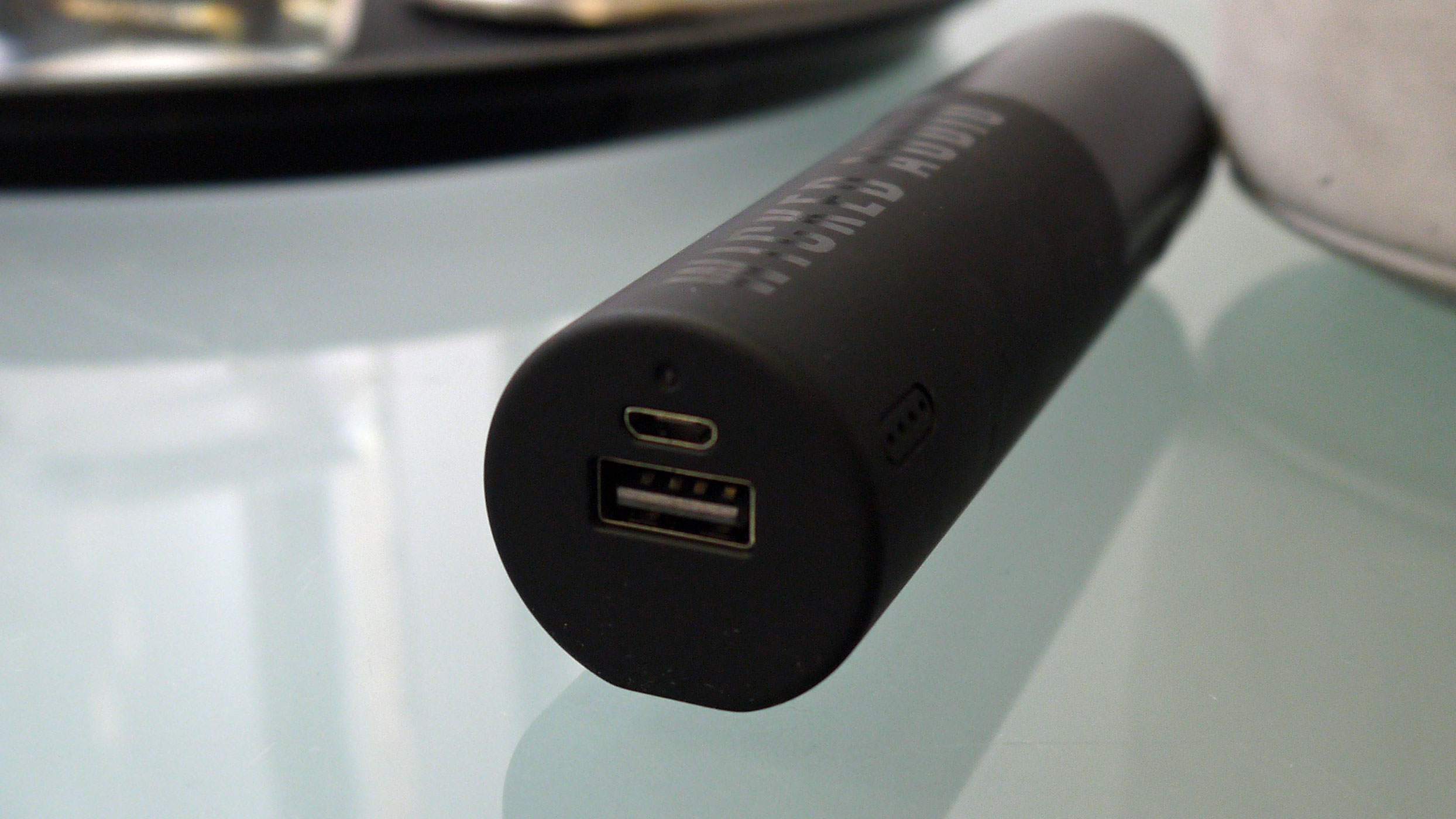
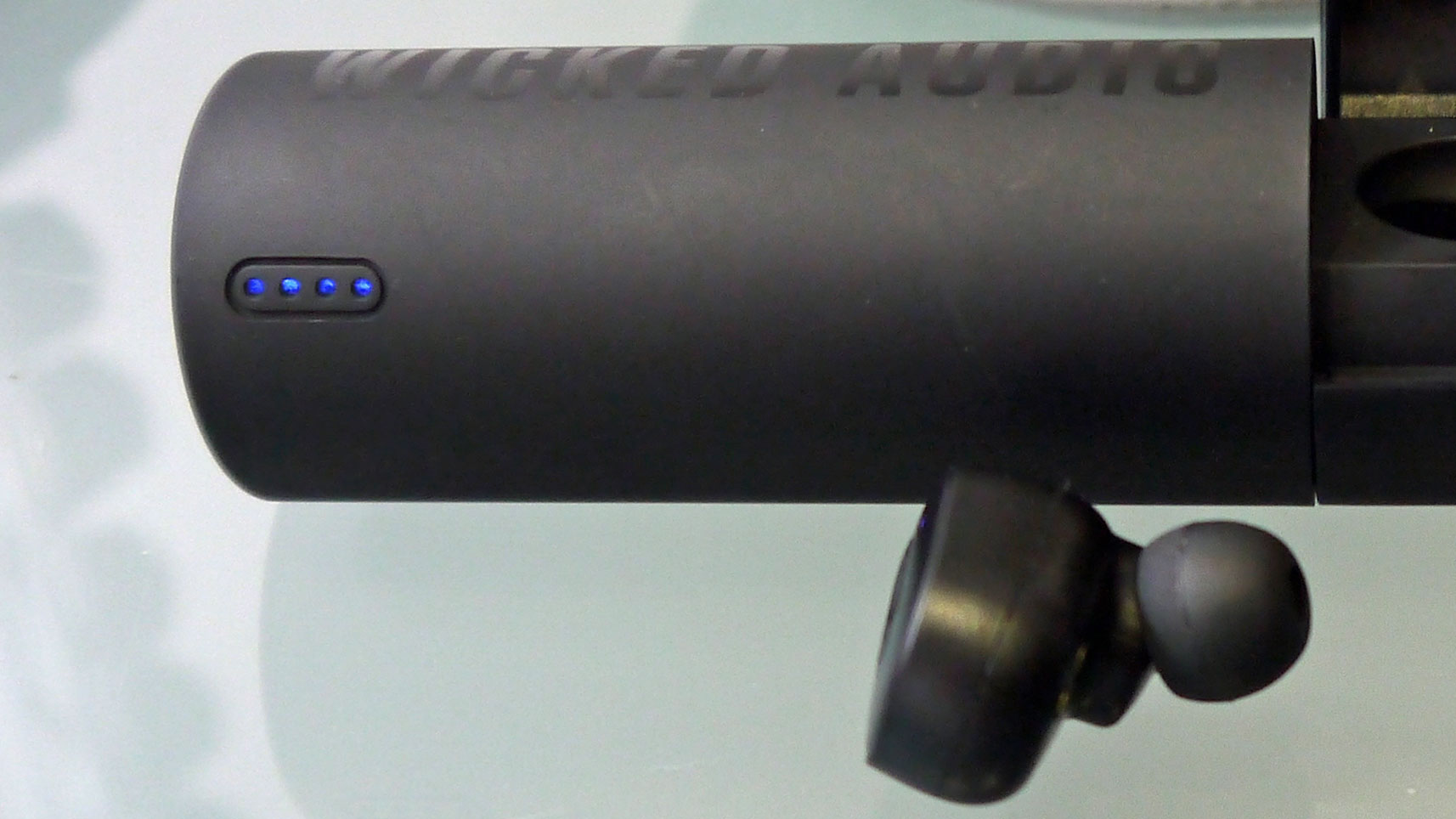
When the earbuds are paired with your phone you’re told the charge of one bud on the phone, but for some reason the two buds lost power at different rates, so we frequently found one earbud cutting out unexpectedly when we thought there was loads of charge left.
All in all, the power case is useful for its bulky battery, but it’s a little too fiddly for our liking.
Feature and performance
The Wicked Audio ARQ true wireless earbuds are passable in terms of audio quality, but there’s still room for improvement.
In particular, lower bass frequencies felt disappointingly weak – when we listened to tracks like Hard Candy by Counting Crows it felt like the bass-line had been stripped, leaving just a chord sequence, and although songs with higher-pitch bass-lines like Electric Feel by MGMT remained relatively intact, we still felt that the bass was lacking throughout.
Treble, on the other hand, was handled well – when we listened to Live And Die by The Avett Brothers, the string counter-melodies and harmonies sounded distinct and clean, although the aforementioned lack of bass did throw off the balance a little.
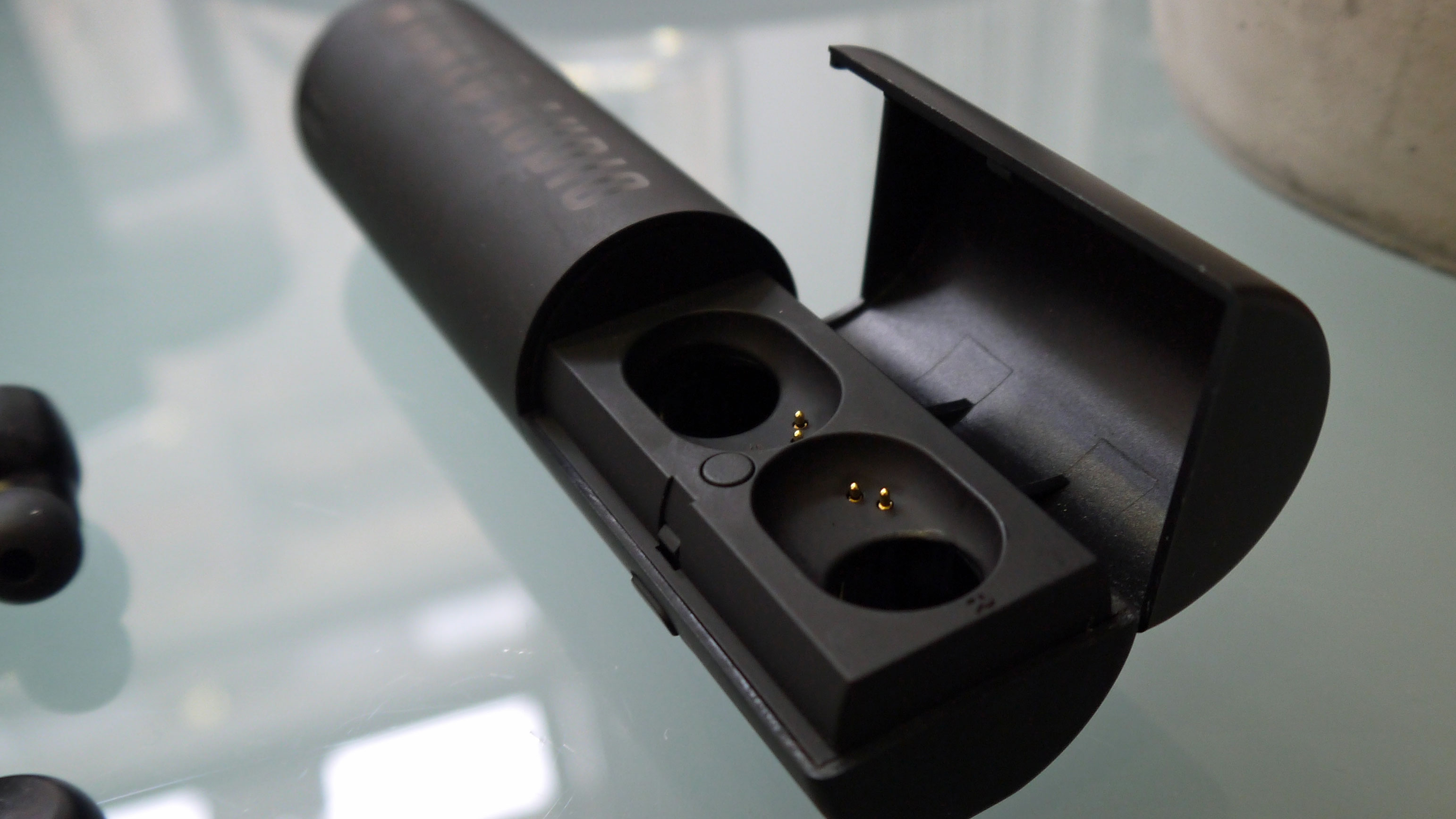
There’s another audio problem, however, in the form of certain instruments distorting. In Opposite of Adults by Chiddy Bang, the drum track, especially the use of the hi-hat, was frequently distorted, which was a little irritating to listen to. Some songs took it even further – Sweet Home Alabama by Lynyrd Skynyrd had half of its instruments distort at one point or another.
This problem was more noticeable at higher volumes, and in general it felt like the Wicket Audio ARQ couldn’t handle high volumes at all.
The most irritating aspect of music playback, however, was connectivity, as the Wicked Audio ARQ buds seemed hell-bent on dropping their connection, losing sync with each other, and flickering on and off when playing music.
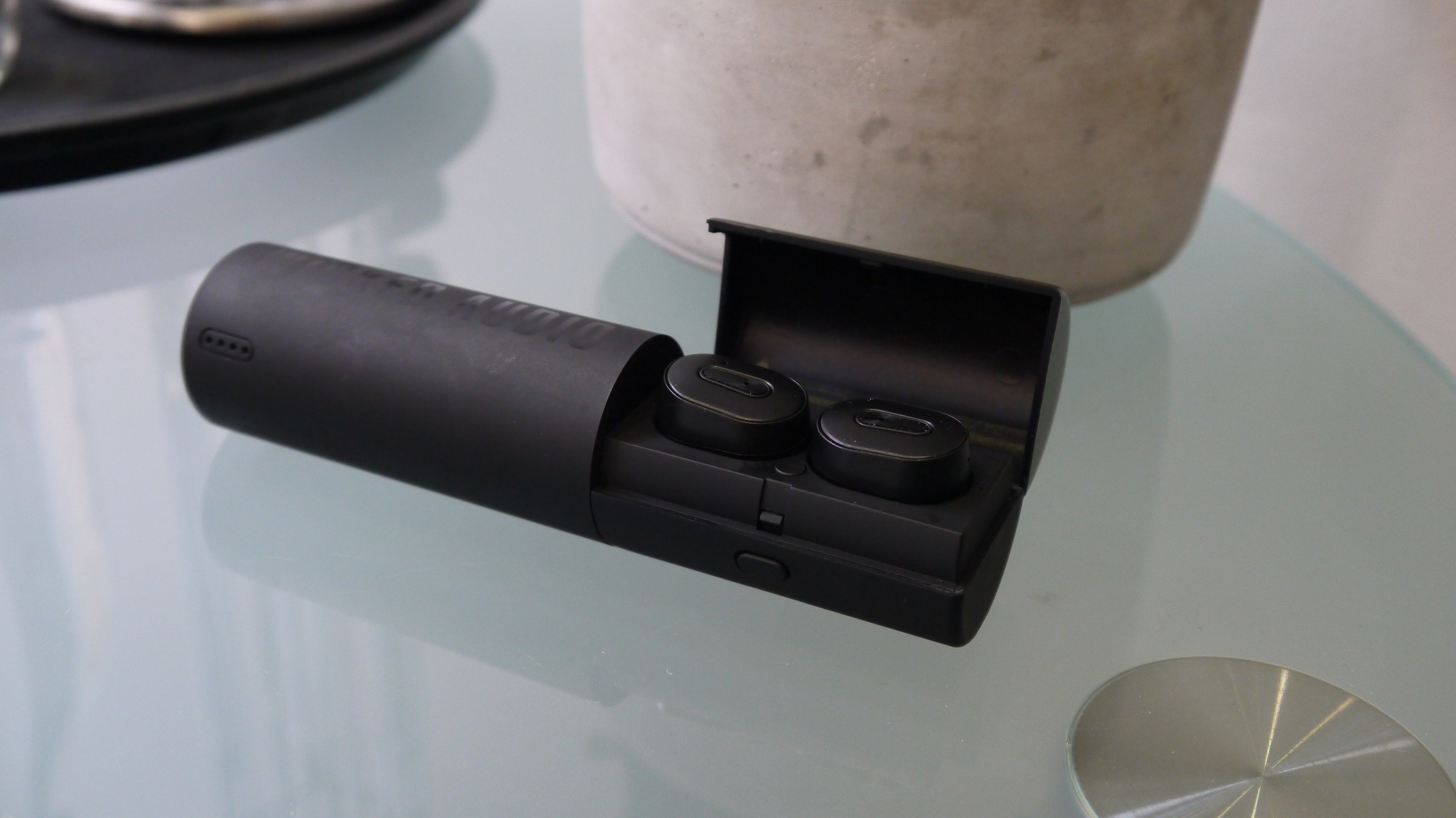
On one hour-long walk, only two songs were played interrupted, and the rest of the time the right earbud started and stopped playing at random, dropping out and then resuming every few seconds – at some points both started doing the same, and it was rare for any song to play for more than a few seconds without connection in one or both buds dropping.
These issues weren’t consistent, especially when playing music while staying static, but there were still frequent problems, mainly in the form of the right earbud dropping its connection momentarily.
Final verdict
Our time spent with the Wicked Audio ARQ true wireless earbuds was a mixed bag – while we barely needed to charge them, and appreciated how lightweight they are, the constant connectivity dropouts, and lukewarm audio quality, marred our experience with frustration.
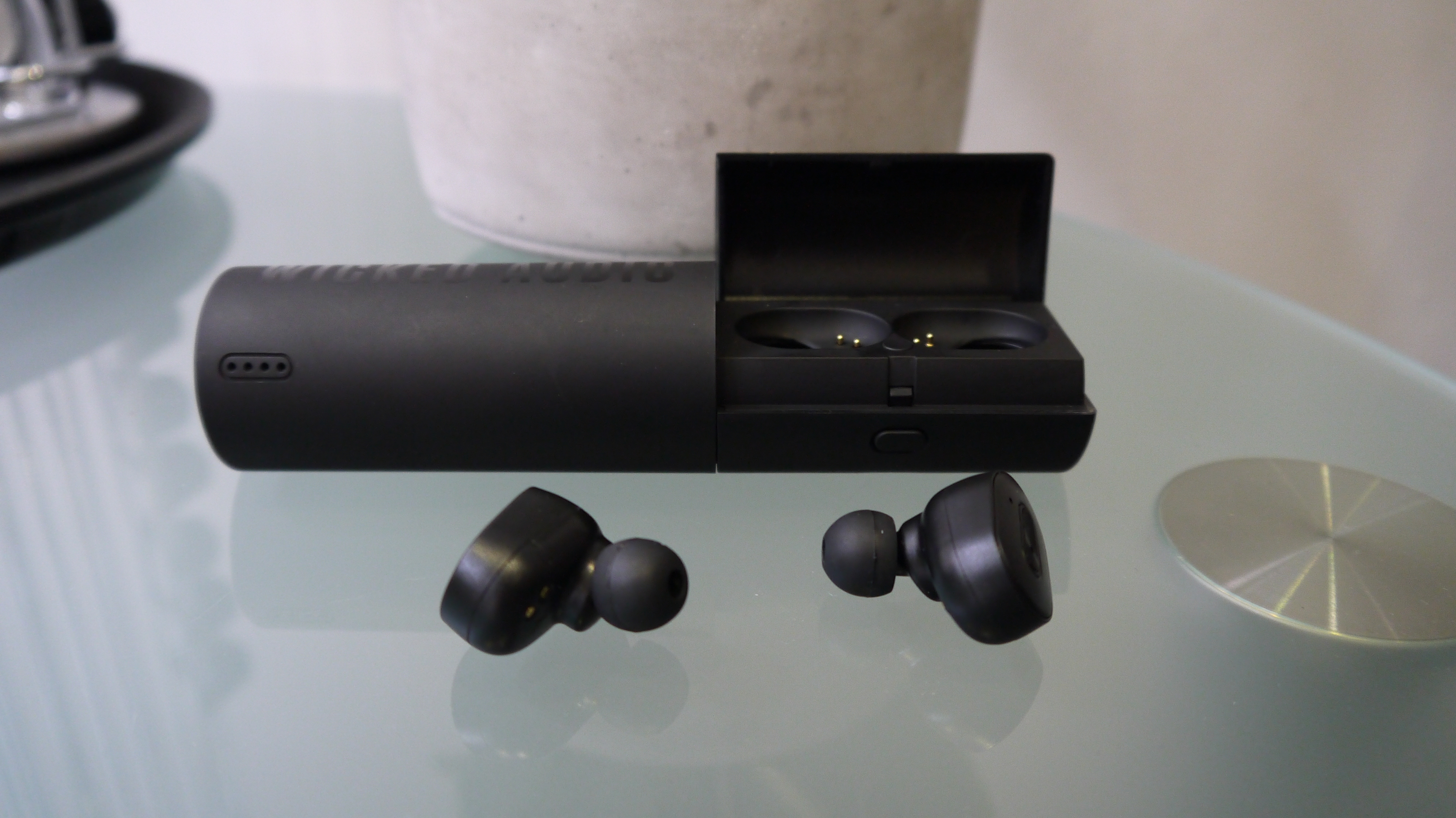
At its price tag, the ARQ are cheaper than other earphones that tick the same boxes, like the Samsung Galaxy Buds and Apple AirPods, but you get a far more reliable product from these brands.
For just $25 more, you can get the Optoma NuForce BE Free5s, which boast fantastic audio quality at a low price – although even these buds have their share of connectivity issues.
Perhaps if you want headphones for podcast listening, you won’t mind the audio connection problems, and people who can’t charge frequently might appreciate the massive battery. Other than that though, it’s hard to recommend these wireless earphones.

Tom Bedford joined TechRadar in early 2019 as a staff writer, and left the team as deputy phones editor in late 2022 to work for entertainment site (and TR sister-site) What To Watch. He continues to contribute on a freelance basis for several sections including phones, audio and fitness.
